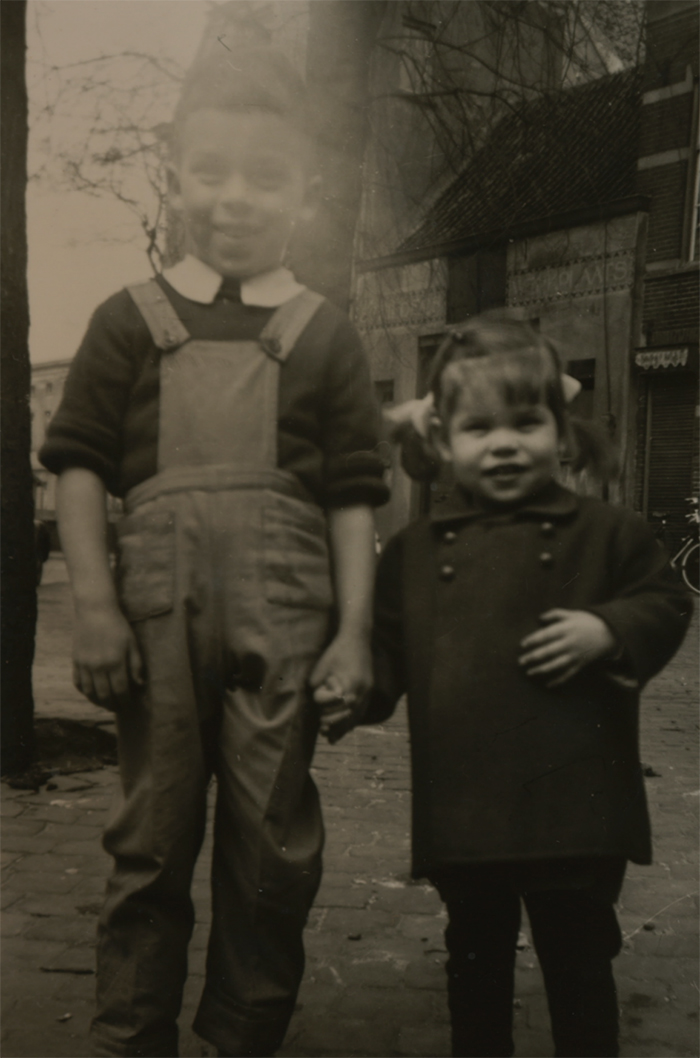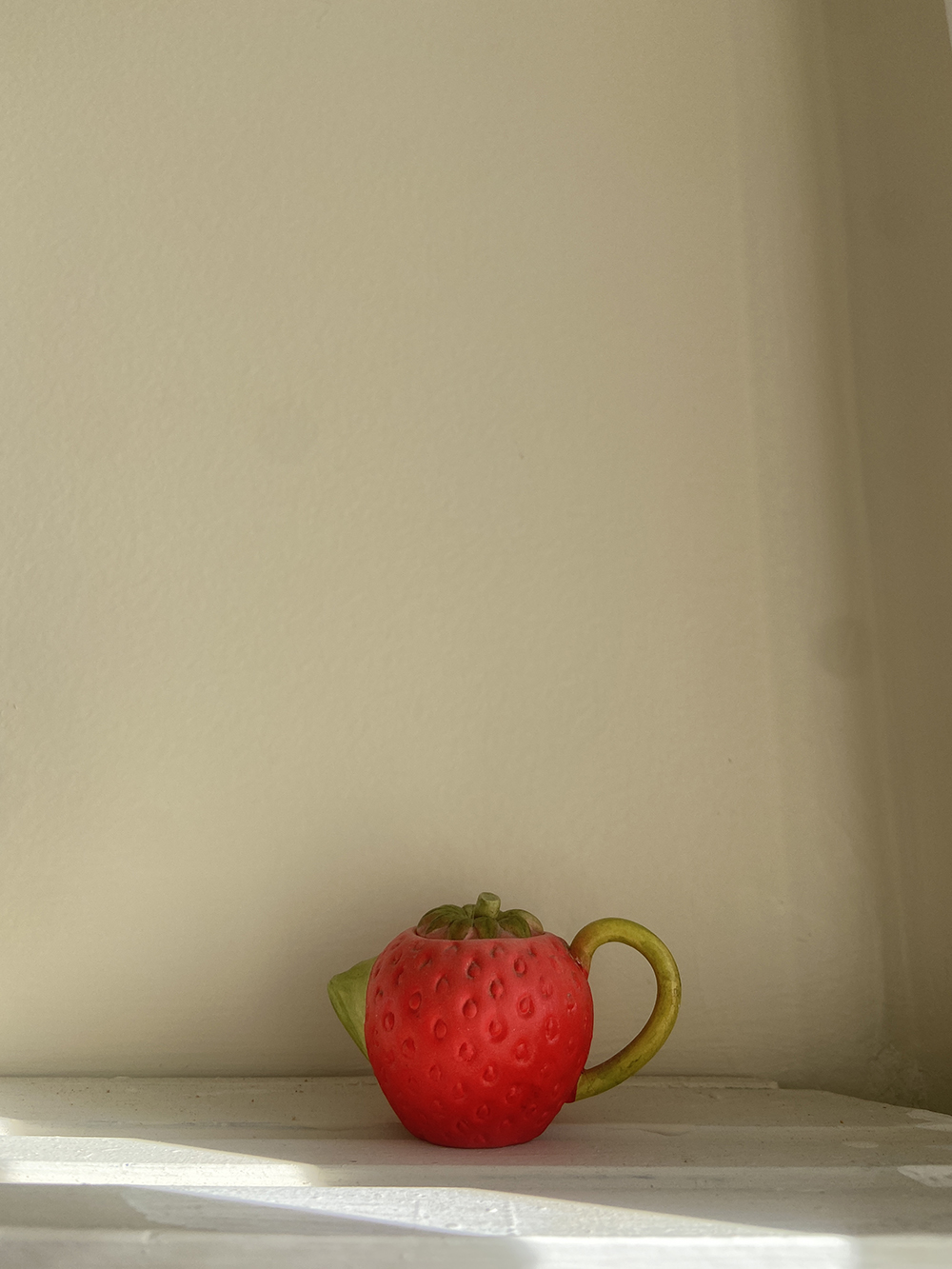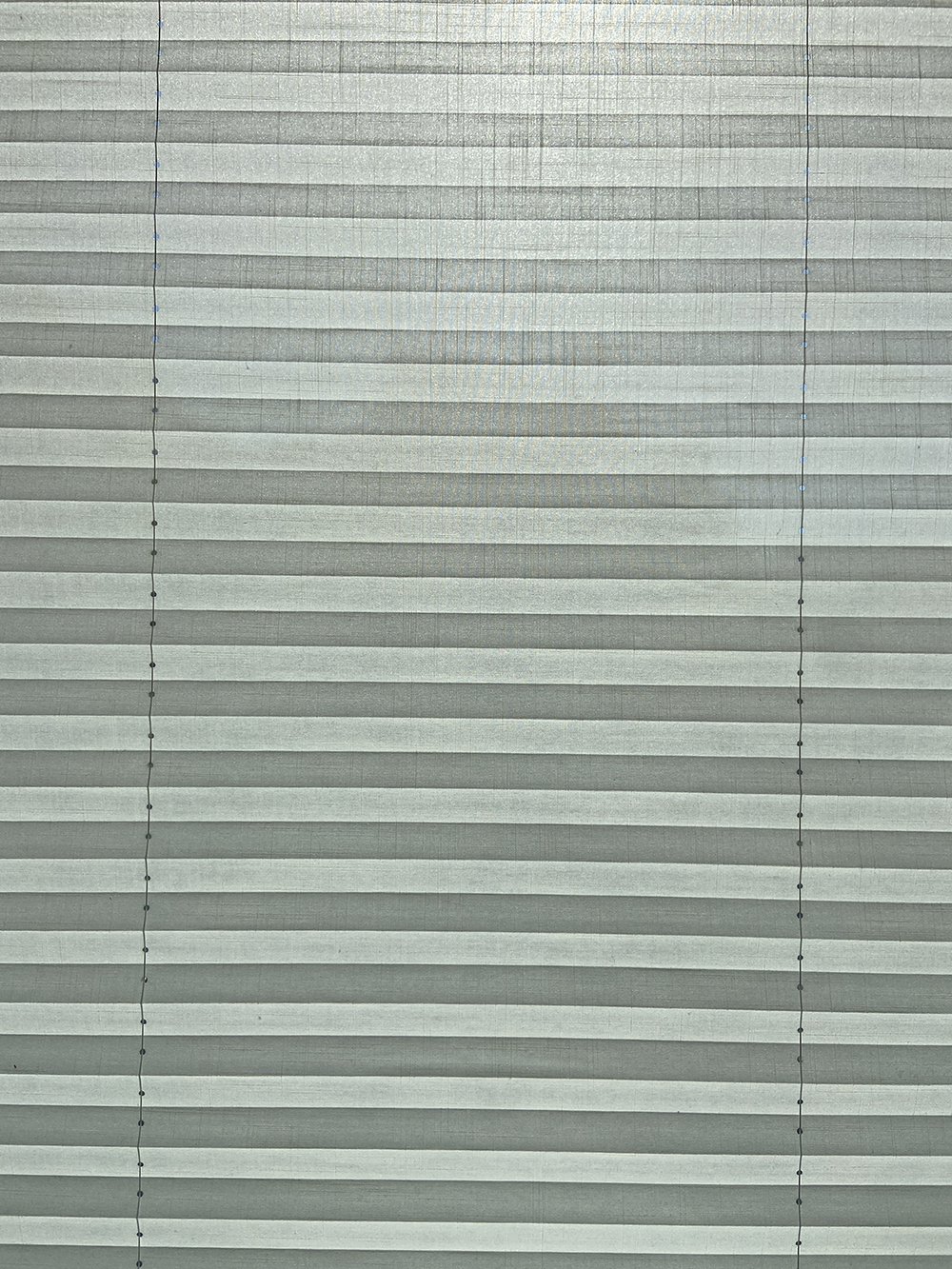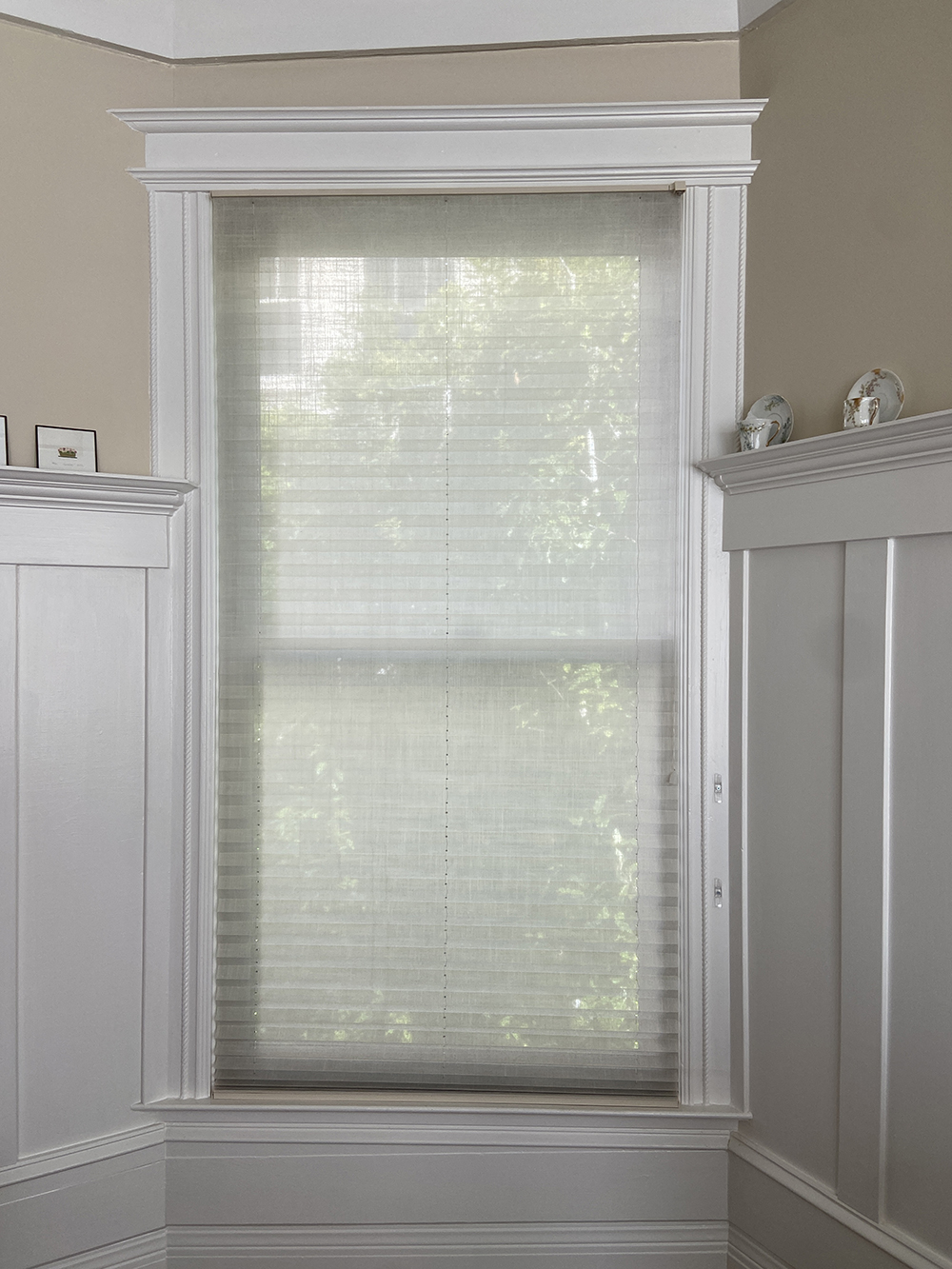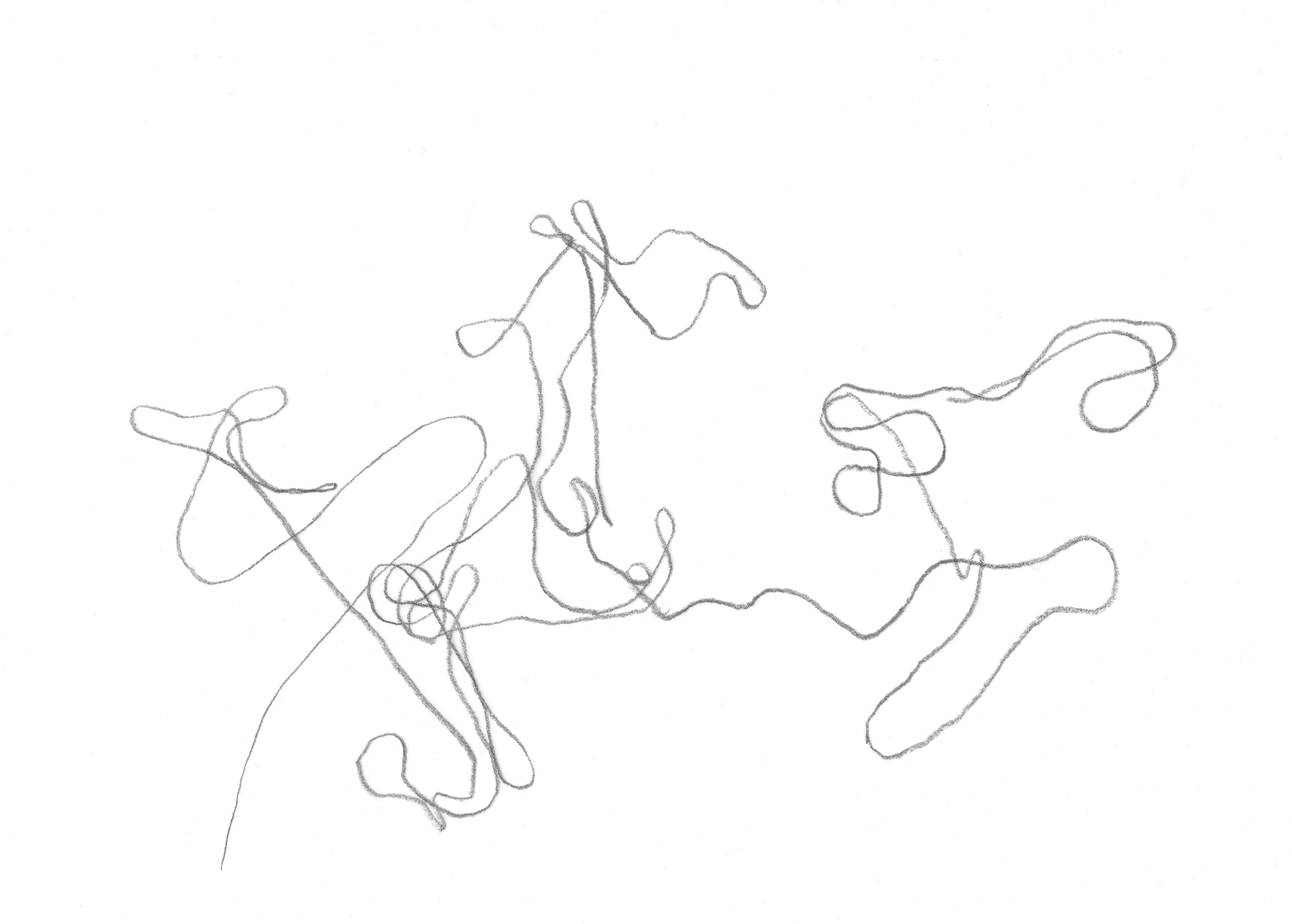LISA ROBERTSON
Sunday, October 9th, 2022THE RIBBON [FOR DEREK MCCORMACK]
Silk is called shattered when inner tears spontaneously fray the structure of a woven cloth. It is a reflexive tearing, motivated chemically and by light: silk threads come to weaken and shred as crystalized mineral salts absorbed from the wearer’s skin or applied during production as an augmentation of the textile’s traits— to make the silk heavier, glossier, of a more pronounced rustling— become minuscule blades. In time the crystals cut across the fibres. Weft threads shatter before warp threads. The cloth’s strength breaks. Yet one prefers a silk of a pronounced, weighted rustling. One is compelled towards crystalline manifestations. Silk ties shatter at the knot points; silk gowns shatter in the folds, which have touched the body and so have absorbed perspiration: inner elbow, waist, underarm, collar facing. What was heavy and opaque becomes translucent; the delicate warp is revealed. Shattered ribbons disintegrate when handled. They are filmic.
The now shattered three-hundred-year-old pink and silver scrap of ribbon stolen by the youthful Rousseau and returned upon its shameful discovery to his mistress Madame de Vercellis, I must imagine it for my friend, who is a fond lover of ribbons and brooches and similar baubles. I have given myself this task because this week the ribbon subtly appeared in a conversation we were having about garments and sentences and because he merits this mystical ribbon. All at once, there the coiled ribbon lay, in our mutual wondering, as if a tiny concealing drawer had sprung open. Rousseau recounts its story in his Confessions, which I had recently reread, skimming for textile references as I often do, and skimming also for references to the River Bievre. She, Madame de Vercellis, Rousseau’s mistress or employer, died of a cancer—it was breast cancer— shortly after the event of the theft. Who can say where the pink and silver ribbon went next, before this week appearing between us. Could Rousseau have taken it a second time? Was it gathered up by rag dealers, having some small value? I feel certain that it would have been silk ribbon. A ribbon made of cotton would have been called a tape or a lace— un lacet— and would have been utilitarian, perhaps less tempting to the boy, as in fact a tape or a lace would now remain: not very tempting, except to the admirers of the haberdashery of old, or perhaps to a Belgian clothing designer of the 1990s, say Demeulemeester or Margiela, who might place these cotton tapes on the exterior of certain garments, to dangle there decoratively or to loosely and insouciantly fasten a tailored wool crepe jacket or the nape of a black tunic. But a tape or a lace is more typically and traditionally relegated to the hidden interior of a garment, at the waist for example, to permit the closer or looser adjustment in fit by the wearer, to better hold the garment to the body, or to structurally stabilize a seam or a hem. Except to post-structuralist tailors, a tape is not ornamental as a ribbon is nearly inevitably ornamental and so tempting. By now this tempting pink and silver ribbon taken by Rousseau—it must have softly glinted a little, coiled together intimately on a dressing table loosely with other ribbons slightly less tempting in aspect—will certainly have decomposed, turned by innovating time to greyish glinting dust, helped along by its exposure to sunlight, which is detrimental to the stability of silk fibres, causing them to become brittle, to shatter, and helped also towards its decomposition by traces of the skin salts of the girl who wore it, perhaps at her throat or her bosom, perhaps in her ornately dressed hair. This ribbon now shattered or the pinkish or perhaps still-glinting greyish fibrous dust that remains of it rests enclosed I now believe in a small ornamental box of pearl-inlaid wood, the kind of box deemed better quality and purchased at a street market in Cairo in 2001 to be given as a gift. The enclosed dust, now scented a little by the sandalwood lining of the box, is what is left of the pink and silver ribbon whose shameful theft caused the whole two hundred or three hundred year history of confessional writing to unfold, as indeed the young thief would have unfolded the ribbon now and then to admire it secretly at night or whenever he wished to think of the chambermaid—employed now to prepare healing bouillons for the dying Vercellis, who no longer required the services of a cook—she could only now just sip at a little restorative broth— touching the ribbon so as to touch her absent skin or to touch her absent prettily upswept hair, thus adding the salts of his own skin to mingle with the traces of the chambermaid’s skin on the shattering ribbon, unwillingly hastening its decomposition. Grieve this.
For the right to grieve everything permanently. For the right especially to grieve what is inhuman: ribbon and earth and shattered ribbon and rivers and coolness and poplar trees and foetuses even though they’re not human and certain birds and all the languages that don’t exist anymore and hormones and ribbons now dust and arts of happiness lost arts of ornament lost arts of artifice lost arts of letting be and everything unutterable done against hags and girls. Add queers to hags and girls. That is to say the grief for the unnatural or antinatural or artificial, all that shimmers and glints in artifice, as well as the inhuman. Everything that’s historically burned, the books and the sinners and the wrong believers. Recalling that many people have burned and are still burned and often they are called women or they are thought to be like women in some fearful inhuman way. To grieve sin, which shimmers and rustles in artifice. For the right to be inhuman, to grieve what is inhuman without first designating it as human. Tumours. Shame. Ribbon. Dogs. For the right to be common. For the right to decisively not mother anything as well as the right to the grief of not mothering and the common grief of mothering, mothering which is a culture and nothing natural, not at all. Also for rightlessness, for silence, for not appearing, for the readers, for the hiders the listeners the tinkerers the leavers the thieves the touchers the sinners the hoarders the pausers the quitters. For what rustles. For the repetition of the word shame, for its shattering. For lichen, for clay, for spiders and webs. For the grief which is more real than dreams, and also to grieve the dreams and the dreamers, the whole rustling history of what has been dreamt. To dream inhuman grief. For the existence of inhuman grieving as a permanent state of being. For grieving dissent.
The river is a ribbon-like body of water moving downwards by force, and rustling. All senses are modifications of touch. This ribbon is for Derek.
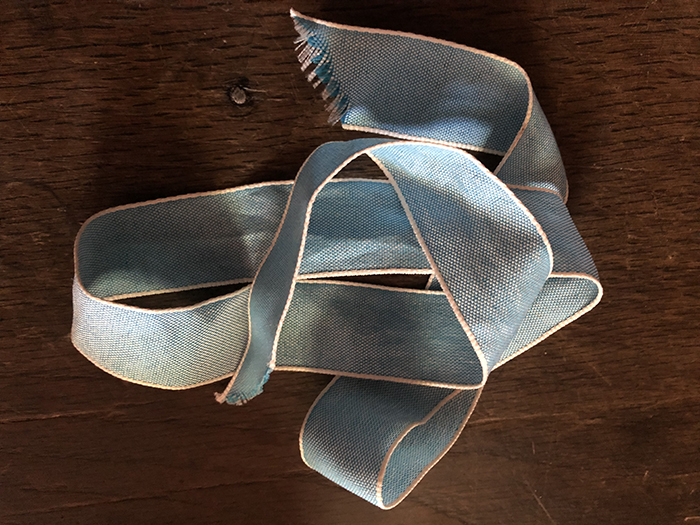
—
Lisa Robertson is a Canadian poet and essayist. Born in Toronto in 1961, she was a longtime resident of Vancouver, where in the early 90s she began writing, publishing and collaborating in a community of artists and poets that included Artspeak Gallery and The Kootenay School of Writing. She has continued these activities for 30 years, publishing books, leaflets and posters, translating poetry and linguistics from French, lecturing and teaching internationally, and continuing her ongoing study into the political constitution of lyric voice. In 2017 she was awarded an Honorary Doctorate in Letters by Emily Carr University of Art and Design, and in 2018, the Foundation for the Contemporary Arts in NY awarded her the inaugural CD Wright Award in Poetry. She has taught at Cambridge University, Princeton, UC Berkeley, California College of the Arts, Piet Zwart Institute, Jack Kerouac School of Disembodied Poetics and American University of Paris, as well as holding research and residency positions at institutions across Canada, the US, and Europe. Lisa currently lives in France.

